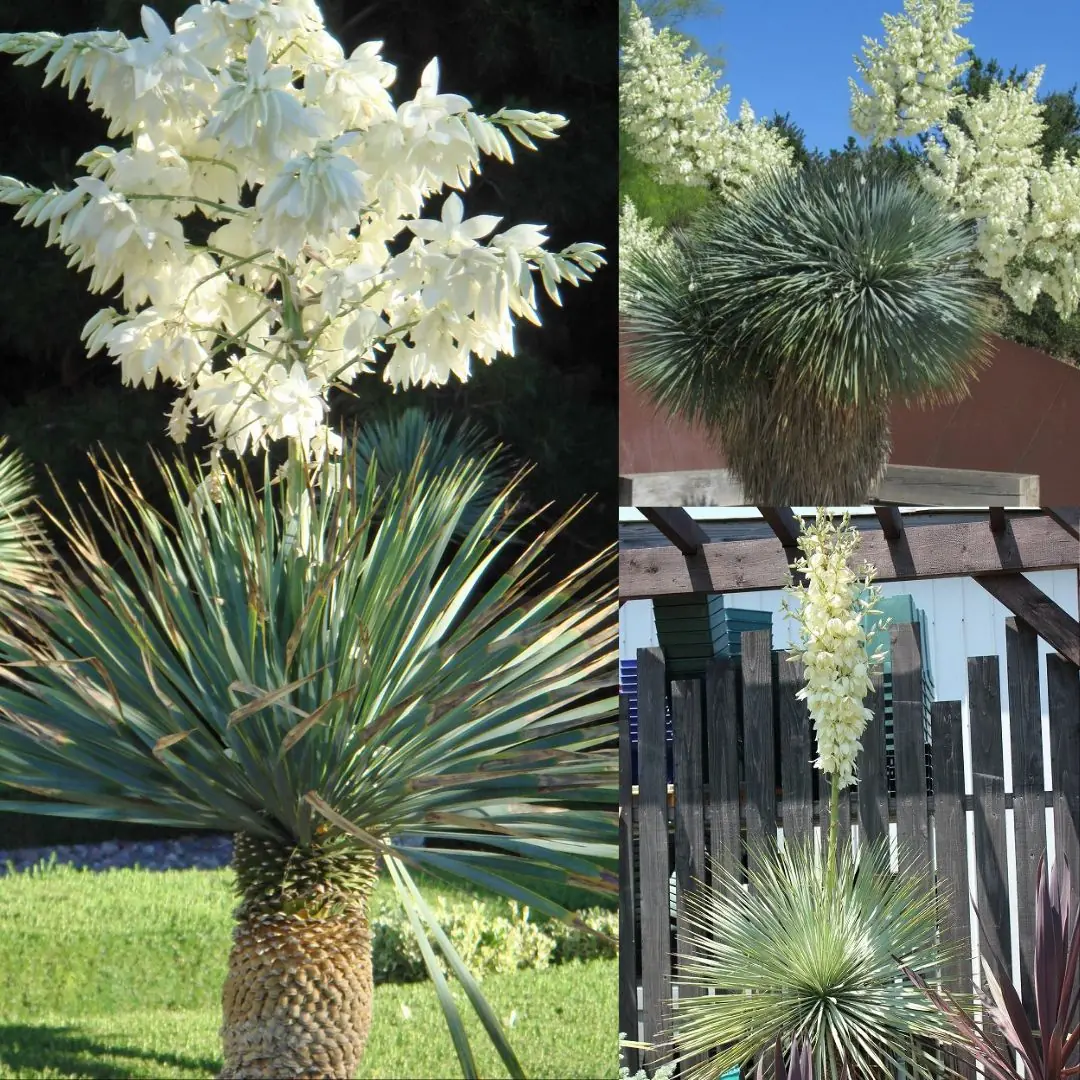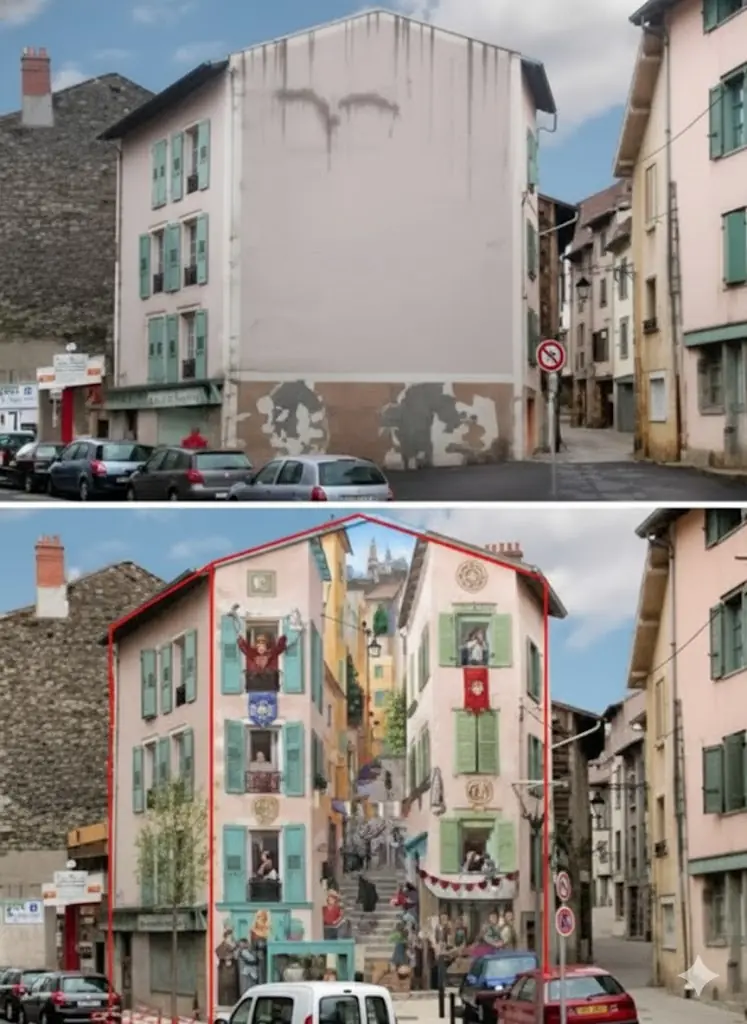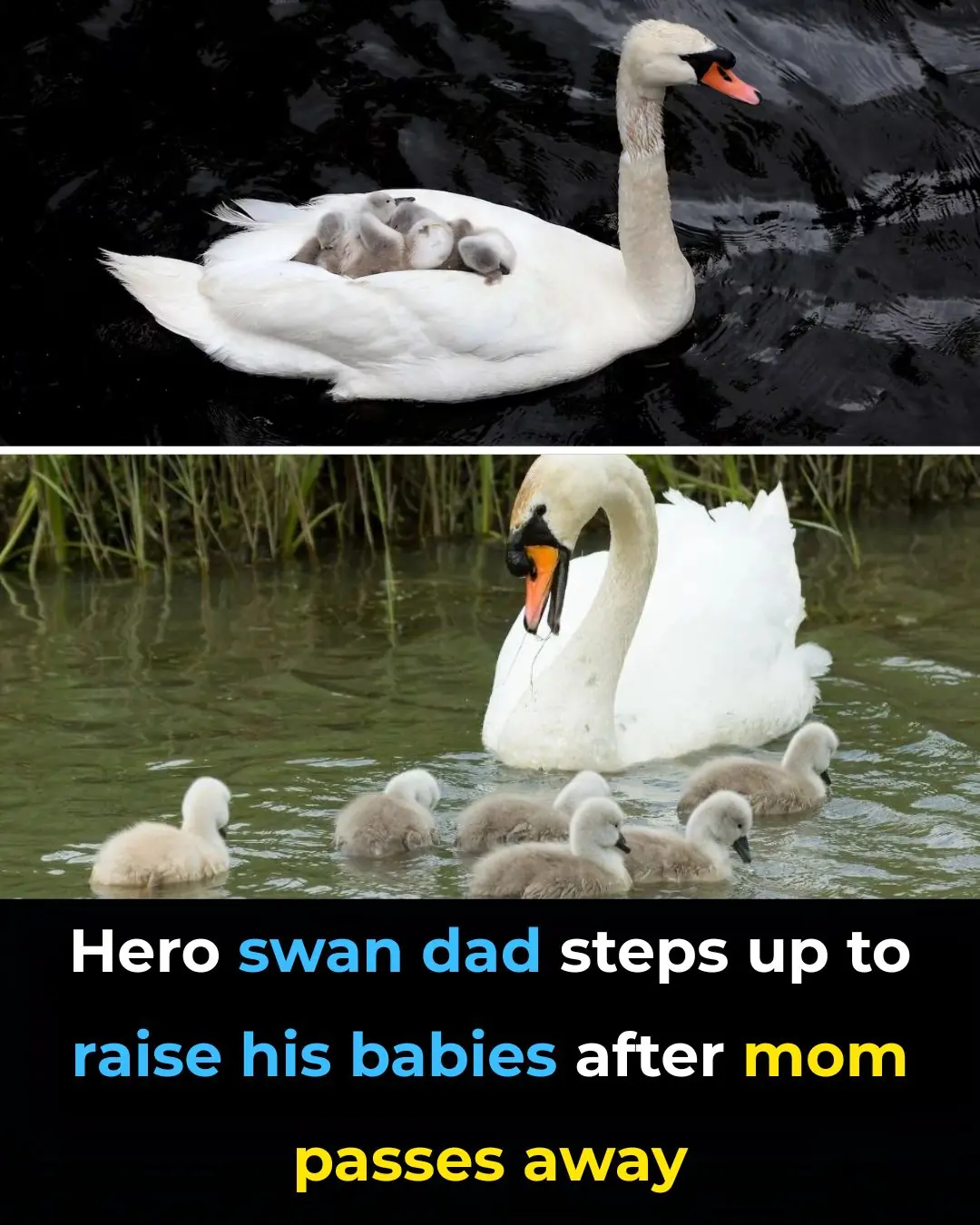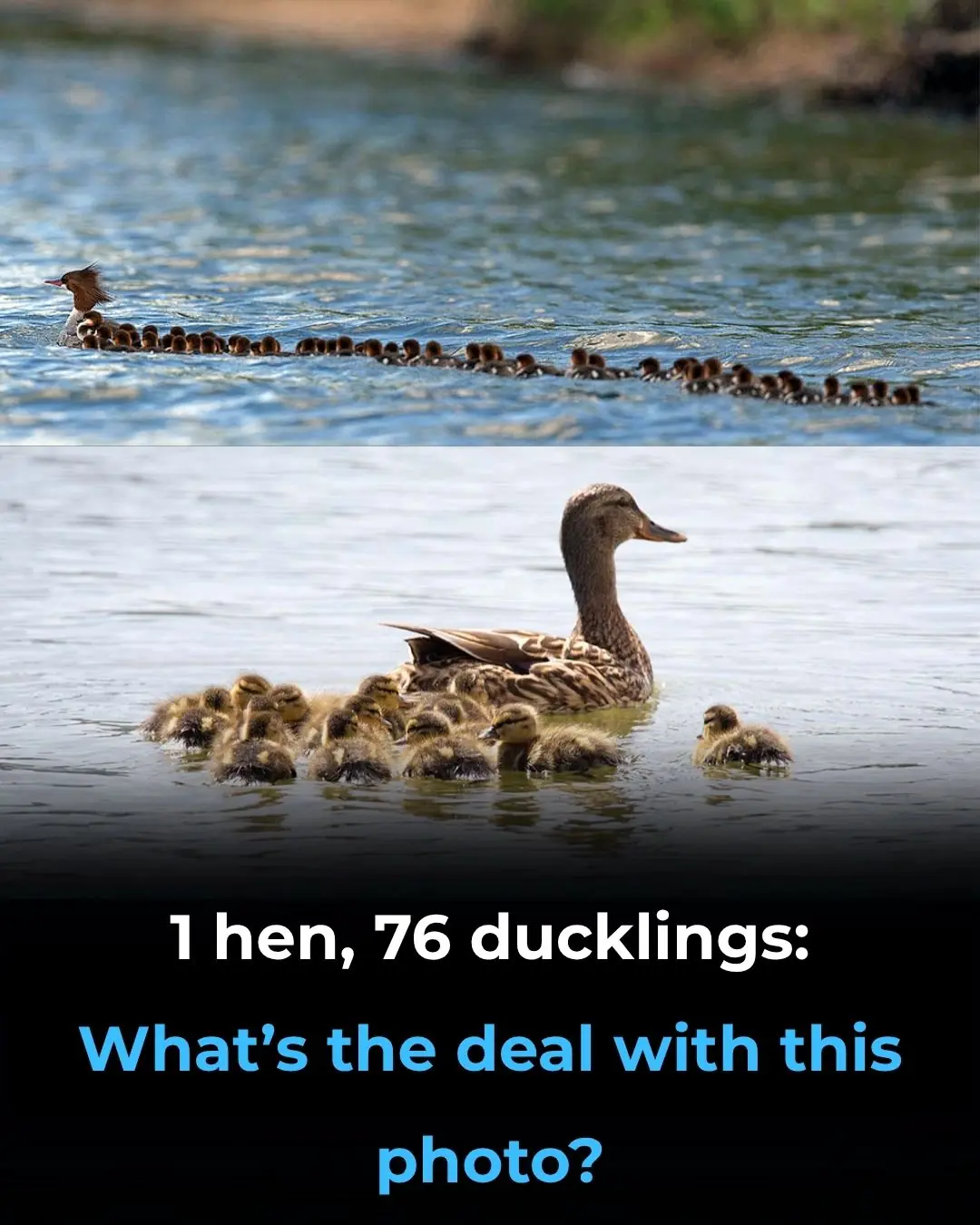
Massive Bird Nests Built on Telephone Poles in Southern Africa are Home to Multiple Species of Birds



At first glance, you might think you’re looking at haystacks impaled on telephone poles. But venture into the Kalahari Desert in southern Africa, and you'll soon discover that these massive, shaggy structures are not man-made oddities or misplaced farm debris. They’re actually the extraordinary communal homes of a bird species known as the Sociable Weaver.
These birds earn their name not just from their tendency to live in tightly organized colonies, but also from their remarkable ability to work together to build vast, intricate nests. Constructed from twigs, dry grasses, and even bits of cotton, these communal dwellings are among the largest bird-built structures in the world. A single nest can weigh hundreds of pounds and serve as a long-term home to more than 100 birds at a time — and not just sociable weavers.
That’s right — these nests are so large and well-insulated that other bird species have also made them their permanent homes. Perhaps most notably, the South African pygmy falcon (Polihierax semitorquatus) relies entirely on the sociable weavers’ nests for shelter, nesting side by side with the birds that built them. These falcons are not just tolerated — they’re part of the complex social ecosystem that the nest supports.
But the guest list doesn’t end there. According to the San Diego Zoo, the nests play host to a variety of avian visitors. Species like the pied barbet, familiar chat, red-headed finch, ashy tit, and the colorful rosy-faced lovebird often take up residence in the cozy nesting chambers. Even larger birds such as vultures, owls, and eagles may use the broad, flat rooftops of these nests as a perch or roosting site.
So why would the sociable weavers be willing to share a home they’ve labored so hard to construct?
It turns out, there are major survival advantages to this open-door policy. More residents mean more eyes on the lookout for predators, increasing the safety of the entire colony. Additionally, by living in close quarters with different bird species, weavers may benefit from learning about new food sources and environmental changes from their diverse neighbors. In nature, cooperation can be just as powerful as competition.
Photographer Dillon Marsh has beautifully captured the surreal, sculptural quality of these massive nests in his photo series titled Assimilation. His work showcases not only the architectural genius of the weaver birds but also the way human structures — like telephone poles and fence posts — have been absorbed into the birds' habitat, forming a striking blend of nature and modernity.
If you're fascinated by the ingenuity of animals and the interconnectedness of ecosystems, the sociable weaver is a shining example of how cooperation in the wild can lead to remarkable results.
Do stories like this inspire you? Consider supporting independent arts and science publishing by becoming a Colossal Member. Your contribution helps bring fascinating stories like this one to readers around the world.
News in the same category


Reason Why You Should Always Shower At Night

For those who use hair ties, you should know this

The Atlantic Current That Shapes Our World Faces Collapse

World’s Largest Bromeliad, ‘Queen of the Andes’, Blooms Only Once in a Century

20 Incredible Before & After Street Art Transformations That Are Simply Stunning Friday 10, 2020Art22,027 Views

Weeping elephants mourn a lost baby in a funeral march like humans

After the mother swan dies, the father swan takes the youngsters under his wing

Pictured: Incredible Alpine refuge from World War I embedded in the sheer rockface of a mountain in Italy’s Dolomites

1 Hen, 76 Ducklings: What’s The Deal With This Photo?

Image of Full Moon Through a Rock Formation Looks Like a Giant Eye

NASA astronaut going to the Moon next year reveals bizarre act he plans to do moments before takeoff

YouTuber tests jailbroken AI to see if it would break his legs to avoid being shut down

Astronaut Ron Garan: “From Space, Earth Shows Us We’re Living a Lie”

Astronomers Detect Mysterious “Dark Star” 3,000 Light-Years Away — A Discovery That Could Rewrite Physics

Stanford Scientists Create Solar Panels That Can Generate Power at Night

James Webb Spots a “Black Hole Star” – A Cosmic Phenomenon That Could Rewrite Astronomy

Internet users mourn iconic feature as AOL officially takes it offline

'Godfather of AI' issues stark warning that total human extinction is a very real possibility
News Post

Rafael Nadal’s Greatest Match: Fighting for Forgotten Dogs

The Officer, the Boy, and the Box of Pokémon Cards.

Grandma’s “Stray Cat” Turns Out to Be a Cougar.

The Walmart Employee Who Became a Hero to a Struggling Mom

Two Wounds, One Journey: The Woman and Dog Who Taught Each Other Grace

A Prom Filled With Love: Young Man’s Selfless Gesture Becomes Unforgettable

A Brother’s Sacrifice: How MJ Became a Hero in a Split Second

K-9 Apollo: A Hero’s Fight for Life and the Community That Saved Him

“One Last Climb: A Man, His Dog, and a Wheelbarrow Full of Love”

The Stranger Who Stopped: How One Man’s Kindness Saved a Puppy’s Life

Why You Should Avoid Leaving a Glass of Water Near Your Bed

Reason Why You Should Always Shower At Night

Place a plate of salted lemon at the head of the bed: Get 5 great benefits and secrets that unfortunately few people know

Add this to the water. Even when you don’t clean the floor in a week

💖 My Nana Knew What She Was Doing — Time-Honored Skincare Wisdom (And What Really Works Today)

Know this trick to distinguish real honey from fake honey, don't be afraid of being tricked into buying poor quality products

Add a few slices of fresh lemon to the pot of boiled eggs: Get great benefits, many people do not know

Extraordinary Visual Skills If You Can Spot The Cat

What does this gesture signify?
